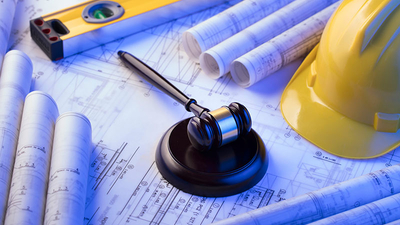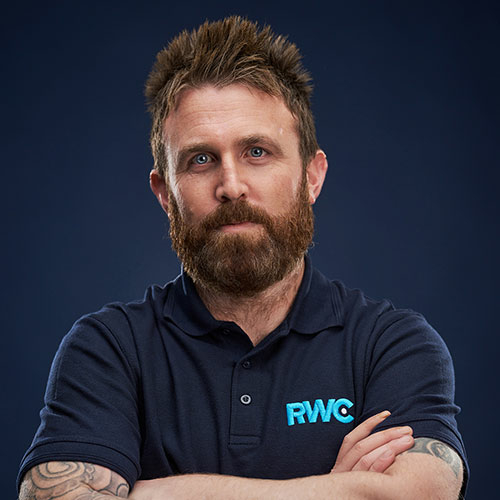Part L: the Building Regulations reframing home heating

The Building Regulations which cover the energy performance of new and existing buildings have been subject to significant change this year. While these changes will directly impact installers in England and Wales, they are also helping to reframe home heating as sustainability becomes a central pillar.
Why have the changes been introduced?
The UK is on a journey to net zero, which means bringing the country’s total emissions in line with 1990 levels. With ambitions of achieving this goal by 2050, the construction industry – including the plumbing and heating sector – has a leading role to play, contributing to a 31% reduction in CO2 emissions from domestic dwellings.
To reach net zero, the changes to Part L – together with the anticipated Future Homes Standard – apply to sorts of projects in England and Wales that require input from Building Control, from new buildings and extensions through to refurbishments and renovations.
The new Standard Assessment Procedure calculation (SAP10) is a key part of the changes to Part L. Measuring the Dwelling Emissions Rate (DER) and the Target Emission Rate (TER), SAP10 must be carried out at the design phase and again at completion – and plumbing and heating will make a significant contribution here.
What do the Part L changes mean in practice?
When it comes to the practical implementation of the changes to Part L, there are differences between new build properties and existing homes. Where plumbing and heating is concerned, we’ve included a snapshot of the updates below.
How the Part L changes affect new build projects:
- As boilers are required to reach an efficiency of 92%
- Wet central heating systems must be sized for operation at a maximum of 55°C
- A heat loss calculation must be made to ensure the boiler isn’t oversized
- Wet central heating installations in rooms of 150m2 or more must be fitted with a time control
- All pipework, including that running beneath floors and through walls, must be insulated
- Installers must submit photos to ensure work has been carried out correctly
How the Part L changes affect existing buildings:
- New or replacement wet central heating systems should be sized for a maximum flow temperature of 55°C. In properties where this isn’t possible, the system must be designed to achieve the lowest achievable flow temperature
- When upgrading a boiler, all central heating and primary hot water circuits need to be thoroughly cleaned and flushed, complying with BS 7593
- Exposed pipework throughout the home needs to be insulated
- Thermostatic radiator valves should be fitted to every radiator unless connected to individual room thermostats

Triggering a shift in home heating
The changes to Part L of the Building Regulations are already having a positive impact on the performance and efficiency of plumbing and heating systems. As all future installations adhere to these changes, the way is being paved for more efficient technology to be adopted in homes.
Heat pump installations are reaching record levels across the UK as homeowners opt for more sustainable methods of home heating. Equally, new build properties – which are constructed in line with more stringent standards – are more frequently utilising heat pumps as a primary heat source, contributing to greater levels of efficiency.
Similarly, underfloor heating is surging in popularity in new build properties, as well as in existing homes. While this has a positive impact for occupants by reducing running costs, it also has the added benefit of reducing emissions from home heating.
This is because, when compared to traditional radiator systems, underfloor heating operates at considerably lower temperatures. Operating at temperatures around 35°C to 45°C, rather than the 70°C of radiators, UFH is a responsible and future-proof choice for homes of all ages and constructions – and can be paired with boilers and heat pumps alike.
By adhering to the updates outlined in the Building Regulations, installers and specifiers can actively build sustainability into each of their projects and contribute to broader efforts to achieve net zero in the coming decades.
Family of Brands
Reliance Valves , JG Speedfit and JG Underfloor - can support your projects, providing everything from leading underfloor heating systems through to future-proof valves and push-fit pipes and fittings,
